Avoid IRS Reporting Penalties
The 6055 and 6056 tax filing has many employers up in arms for the upcoming tax filing. The increased penalty amounts announced in July are alarming. A single 1095-C form violation could result in a penalty of $500 per form, with no cap if the employer shows intentional disregard — basically skipping out on the filing for 2015. A 500-person firm in this case would pay $250,000 in penalties. The good news is many employers can get a break of some sort for 2015. These are listed below:
Good faith effort
For 2015, employers who file will have protection even if their filing is incorrect or incomplete, as long as they show they made good faith efforts to comply with the ACA reporting requirements. A “good-faith effort” is defined as employer simply attempting to complete the forms. Keep in mind that the good-faith effort for 2015 tax year will disappear in 2016, thus penalties will apply for incorrect information in subsequent years.
Transition relief
Transition relief is designed to shield employers from shared responsibility penalties for all or part of 2015, reducing the exposure of the (A) $2,000 or (B) $3,000 penalties. This relief is not granted automatically and only applies for the 2015 tax year. To take advantage of this relief, the employer needs to complete line 22 of the 1094-C form or line 16 of the 1095-C for non-calendar year plans. There are four flavors of transition relief, each essentially providing a bye for the months the relief is designated.
1) Qualifying offer method: Employer who offers MEC which does not exceed 9.5% of the federal poverty level to at least 95% of full-time employees.
2) 4980H for Employers with 50-99 Employees: Employer averaged between 50-99 employees
3) 4980H for 100+ Employers: Employer offered coverage to at least 70% of full-time employees
4) Non-Calendar Year Relief: Employers with plans that renew February-December in 2015.
30-day extension mirroring
The extension process for W2s and 1099s, the IRS will allow a 30-day extension as long as you can demonstrate certain hardship conditions and file Form 8809 by Jan. 31, 2016. Getting the final health plan participation and completing 1095-C forms for each health eligible employees, COBRA and retirees (if self-funded) is a lot to accomplish in a short window. As many employers scramble to complete their end of year payroll and compile the information for 6055/56, a good number of employers are looking to take advantage of the extension especially in the first year. Unlike the good faith effort and transition relief, the 30-day extension can be utilized in any tax year assuming the employer qualifies.
While good faith effort, transition relief and 30-day extensions are tools that employers may take advantage of to shield them from potential penalties, they should not be viewed as a method to evade penalties in all situations. Employers should strive for compliant, accurate and penalty-free filing without the support of any safety nets.

